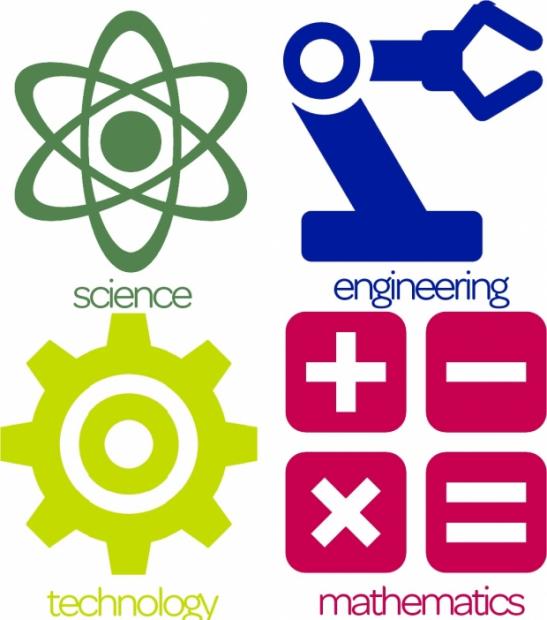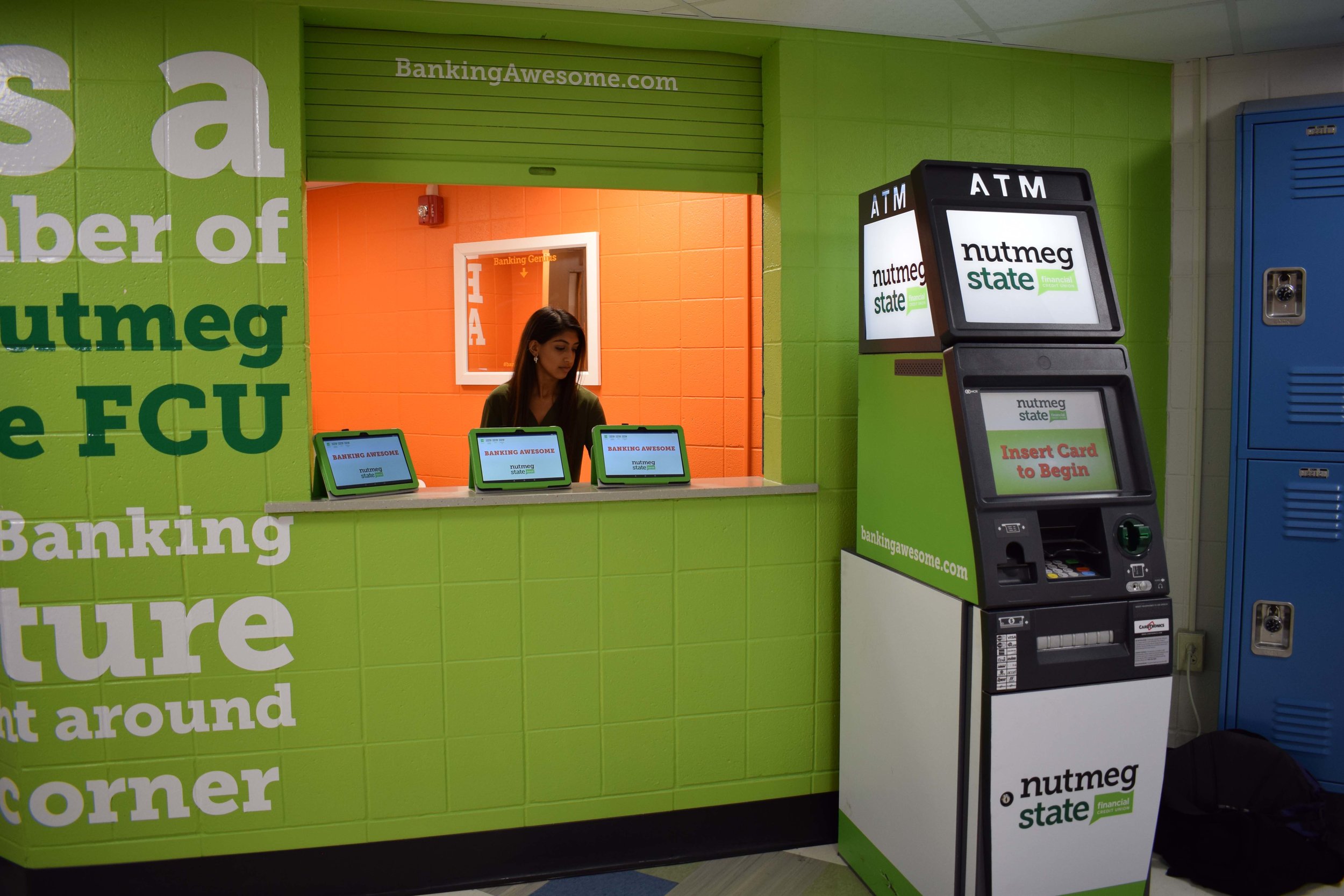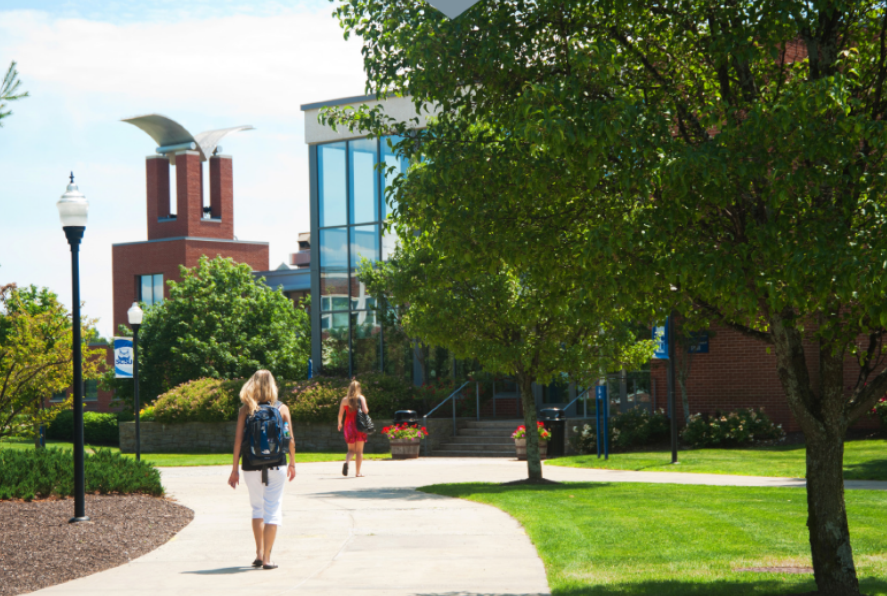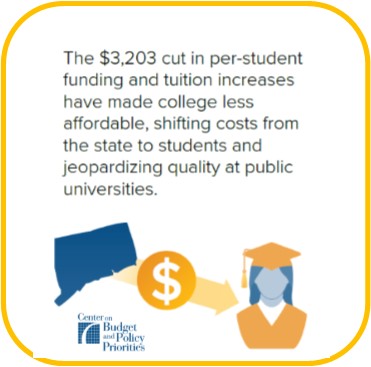Navigating Post-Graduation Employment Metrics of Colleges Scrutinized
/While students consistently rank the ability to get a good job as one of the most important factors in their college choices, too often this critical information is unavailable or misleading, according to a new analysis by The Institute for College Access & Success (TICAS).
The three entities tasked with oversight of the U.S. higher education system—accrediting agencies, state governments, and the federal government—each issue their own uncoordinated set of requirements governing the calculation and provision of employment metrics, according to the report. 
“The resulting patchwork of data makes meaningful comparison across programs and colleges nearly impossible and leaves major questions about the accuracy and reliability of the available information,” according to the Institute.” Job placement rates provide a textbook example of how the wide variation in definitions and calculations render the rates almost impossible to compare across schools,” the report states.
The University of Connecticut reports a “positive outcome rate” of 88 percent for graduates of the most recent academic year, within six months of graduation, at a “knowledge rate” of 72 percent. The destinations include 63% who are employed, 22% who are continuing their education, 1% serving in the military, and 1% participating in volunteer service.
The report, Of Metrics and Markets: Measuring Post-College Employment Success, describes the many misleading conceptions of employment rates and proposes two specific, verifiable measurements that could better inform student choices.
According to the UConn website, in 2014, NACE developed national standards and protocols for colleges and universities to use in collecting and reporting graduating student career outcomes data. The result of this effort is NACE’s First-Destination Survey, which captures information regarding how new college graduates fare in their careers within six months of graduation.
 NACE is the leading source of information nationwide on the employment of the college educated, and forecasts hiring and trends in the job market; tracks starting salaries, recruiting and hiring practices, and student attitudes and outcomes; and identifies best practices and benchmarks.
NACE is the leading source of information nationwide on the employment of the college educated, and forecasts hiring and trends in the job market; tracks starting salaries, recruiting and hiring practices, and student attitudes and outcomes; and identifies best practices and benchmarks.
The Institute report recommends federal, state, and accrediting agencies standardize the job placement rate—which measures the share of graduates employed in occupations for which they were trained—and that states collect the data needed to calculate verifiable rates at low cost. And second, it recommends the federal government calculate and publish a threshold earnings rate—which measures the share of graduates employed and earning above a certain amount—for all programs using a federal data match.
“Higher education proves a powerful lever of upward mobility for many Americans, but leaves too many worse off than when they started, with substantial debt and little or no increased earnings power to pay it off,” said TICAS president James Kvaal. “Simply put, students are entitled to this foundational information as they make key decisions about where to invest time and money.”
The report indicates that “A 2016 survey of incoming freshmen at four-year colleges found that 84 percent identified the ability to get a better job as a very important factor in their decision to attend college, a larger share than for any other factor cited. Similarly, 41 percent of American adults believe the most important factor in choosing between colleges or universities is the share of graduates who are able to get a good job. Beyond students and families, other decision-makers need to be able to evaluate and compare colleges and programs when deciding where to allocate limited higher education resources.”
The Institute is based in Washington, D.C. and Oakland, California.



 In addition, “the unemployment rate in [metro] Hartford for adults with at least a bachelor's degree is the lowest in all the metropolitan areas analyzed, whereas last year, it was in the middle of the pack.”
In addition, “the unemployment rate in [metro] Hartford for adults with at least a bachelor's degree is the lowest in all the metropolitan areas analyzed, whereas last year, it was in the middle of the pack.”
 Because the technology is intuitive for most students, their transaction time can be used to talk about subjects they may be less familiar with – such as balancing a checkbook, how debit cards and account balances relate to each other, loans and interest rates, and what a credit score is all about. Not the typical teen conversation, but Holt indicates that students have been quite interested in learning more.
Because the technology is intuitive for most students, their transaction time can be used to talk about subjects they may be less familiar with – such as balancing a checkbook, how debit cards and account balances relate to each other, loans and interest rates, and what a credit score is all about. Not the typical teen conversation, but Holt indicates that students have been quite interested in learning more.

 The new center at Sacred Heart University will further Verizon’s commitment to cultivate strong relationships with academic institutions with emerging technology curricula, officials stressed. The coworking spaces allow Verizon to tap into local startup and innovation networks, build relationships with potential partners and open new doors for ideas and technology. With Verizon, Alley is bridging the gap between startup and corporation by helping the community workspace build next-level ecosystems for entrepreneurs. Verizon provides entrepreneurs and start-up companies working on new products with the technology and services they need for growth.
The new center at Sacred Heart University will further Verizon’s commitment to cultivate strong relationships with academic institutions with emerging technology curricula, officials stressed. The coworking spaces allow Verizon to tap into local startup and innovation networks, build relationships with potential partners and open new doors for ideas and technology. With Verizon, Alley is bridging the gap between startup and corporation by helping the community workspace build next-level ecosystems for entrepreneurs. Verizon provides entrepreneurs and start-up companies working on new products with the technology and services they need for growth.


 2016-17.”
2016-17.”


 The paper appears to be the first to document the long-term reach of the role model effect, UConn Today reported. The researchers previously found that having at least one black teacher in elementary school reduced their probability of dropping out by 29 percent for low-income black students – and 39 percent for very low-income black boys.
The paper appears to be the first to document the long-term reach of the role model effect, UConn Today reported. The researchers previously found that having at least one black teacher in elementary school reduced their probability of dropping out by 29 percent for low-income black students – and 39 percent for very low-income black boys.
 Overall state funding for public two- and four-year colleges in the school year ending in 2018 was more than $7 billion below its 2008 level, after adjusting for inflation, according to the study.
Overall state funding for public two- and four-year colleges in the school year ending in 2018 was more than $7 billion below its 2008 level, after adjusting for inflation, according to the study.

 The University of Saint Joseph (USJ)
The University of Saint Joseph (USJ) 


























